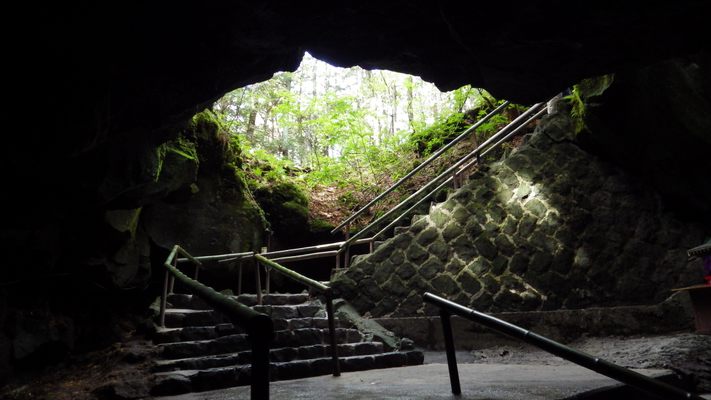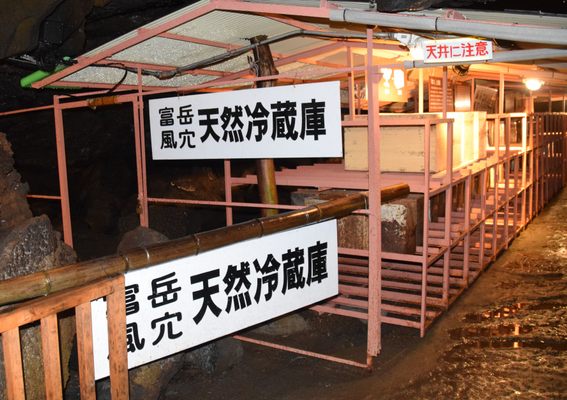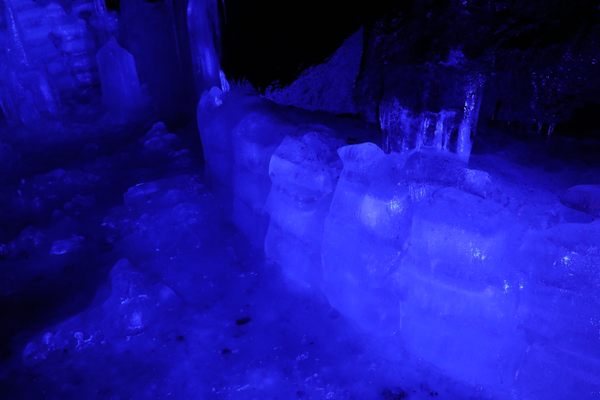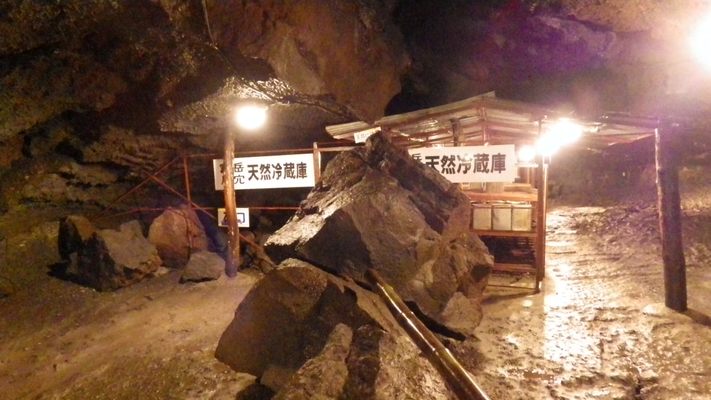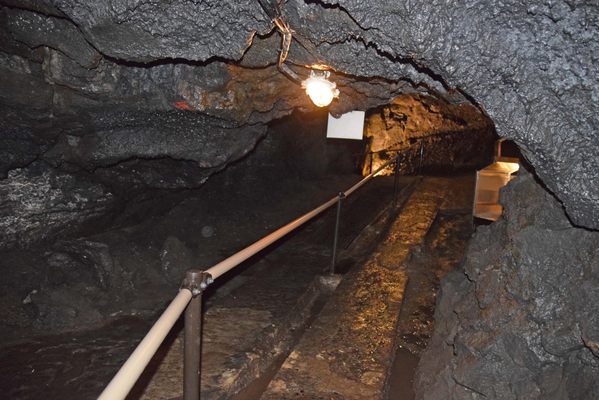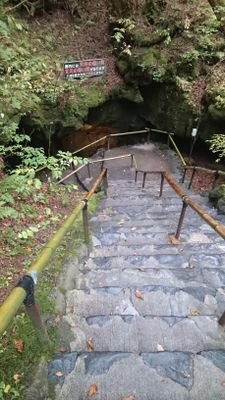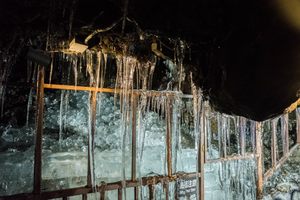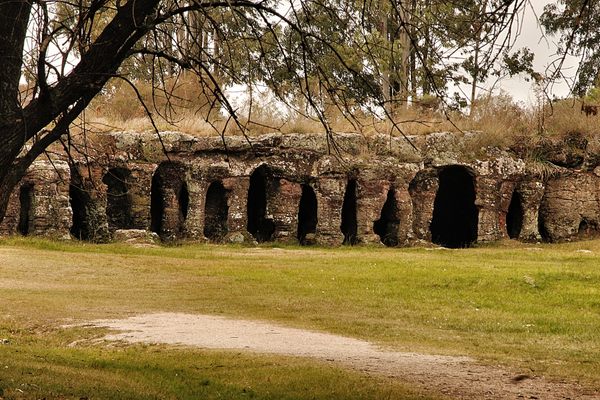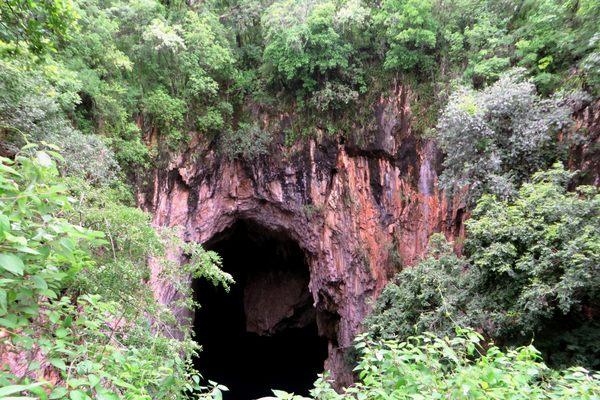About
Located at the foot of the great Mount Fuji, Aokigahara is commonly referred to as the "Suicide Forest." While the forest is known worldwide, its rich natural history often goes unmentioned.
The forest was destroyed by an eruption of Mount Fuji in 864. Over the next 12 centuries, trees returned and animals slowly did as well. The eruption created several lava tubes that are scattered around the forest. Two of the most notable are the Fugaku Wind Cave and the Narusawa Ice Cave, often collectively referred to as the Wind and Ice Caves.
Both caves are naturally cool even during the summer. The ceilings of the caves are always covered with icicles. In the Fugaku Wind Cave, noises do not echo as sounds are instantly absorbed by its basalt walls. Inside the wind cave, visitors will also see a former lava pond and various moss colonies.
From the 17th to the early 20th century, the caves served multiple purposes. For example, the Wind Cave's so-called "natural refrigerator" served as a storeroom for silkworm eggs, and the Ice Cave produced ice cubes that were offered to local lords as a tribute during the Edo period.
Nearby, there is another lava tube called the Lake Sai Bat Cave, where colonies of various bat species call home. All three caves were designated as Natural Monuments of Japan in 1929.
Related Tags
Know Before You Go
The wind cave and the ice cave are about 20 minutes apart from each other if you're walking, three minutes if you drive, and 12 minutes by bus. The Lake Sai Bat Cave is closer to the Fugaku Wind Cave, located about 10 minutes away by bus, or 30 minutes by foot.
Hidden Japan: Sado Island, Nara & Kyoto
Explore a different side of Japan.
Book NowCommunity Contributors
Added By
Published
August 28, 2020
Updated
October 19, 2023
